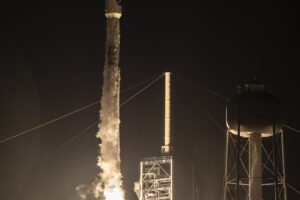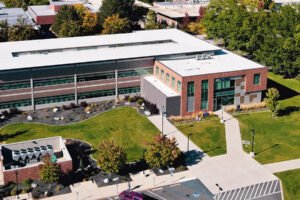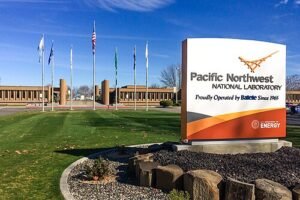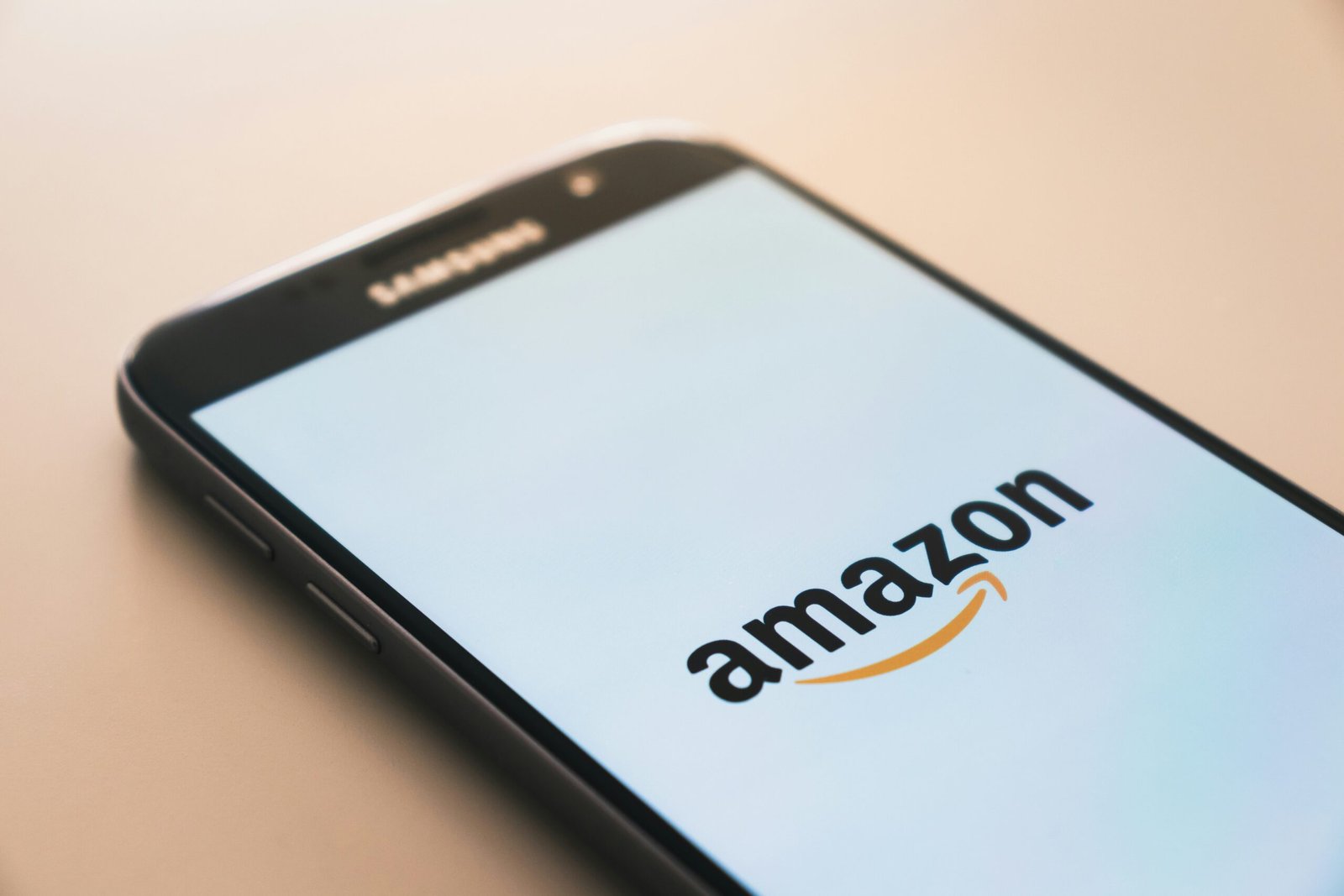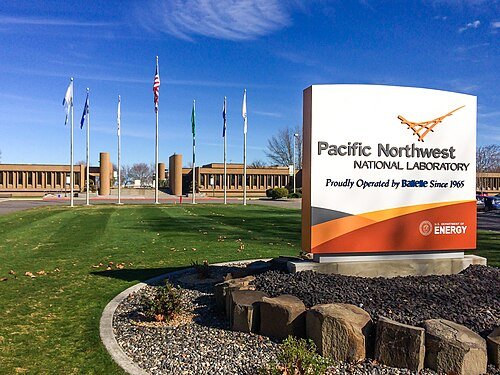For years, the phrase “getting from point A to point B” has been a simple way to describe a journey. For Amazon, however, that journey involves billions of packages each year, and getting from its warehouses to your front door is a massive, complex challenge. To solve this, the company is turning to its most advanced tool yet: artificial intelligence.
In a move that signals the future of e-commerce logistics, Amazon has launched a new pilot program directly from its tech hub in Seattle. This project isn’t just about using a new app; it’s about reinventing the entire delivery process using a powerful new AI-driven platform. This system is designed to do more than just find the fastest route—it aims to create a smarter, more efficient, and more sustainable way to deliver packages to millions of homes.
So, what exactly is this new Amazon AI logistics platform, and how will it change how you receive your packages?
Understanding the Brains Behind the Deliveries
At its core, Amazon’s new system is an AI-powered delivery platform. Think of it as a super-smart brain that helps every delivery truck and driver make the best possible decisions. This brain uses two key technologies: machine learning and predictive analytics.
- Machine Learning: This is a type of AI where computers learn from massive amounts of data without being explicitly programmed. In this case, Amazon’s AI has been fed data on everything from traffic patterns and road closures to weather forecasts, delivery times, and even the locations of every single customer. It has learned from thousands of past deliveries to figure out what works and what doesn’t.
- Predictive Analytics: This technology uses the patterns found by machine learning to make educated guesses about the future. For example, the AI can predict when traffic will be heavy on a specific street or which packages in a delivery van should be delivered together to save time. It can even predict the likelihood of a customer being home to receive a package.
By combining these two powerful tools, the AI platform can create a new, constantly-improving delivery plan for every route. The system doesn’t just give a driver a static list of addresses; it gives them an optimized, real-time map that adapts to the day’s challenges.
How the AI-Powered Delivery Works in Practice
Let’s imagine a typical delivery day in Seattle. A delivery driver arrives at the Amazon fulfillment center. Their van is loaded with hundreds of packages. Instead of a human planner setting the route, the new AI platform has already created the most efficient path.
The system considers numerous factors in real-time, such as:
- Traffic Flow: Is there an unexpected traffic jam on I-5? The AI can reroute the driver to avoid the delay.
- Road Conditions: Is a street closed for construction or because of an accident? The AI will immediately update the route.
- Package Density: The AI looks at where the most packages are clustered in a neighborhood and plans a route that minimizes backtracking. It might group several deliveries on the same block, even if they were scheduled for different times.
- Weather: A heavy rainstorm might slow down travel, so the AI can adjust the route to account for the slower pace.
- Delivery Windows: The system still ensures that priority packages or those with specific delivery windows are delivered on time, but it builds the most efficient route around those high-priority stops.
All of this information is constantly updated through the AI-powered delivery platform, making the entire process more dynamic and responsive than ever before. This kind of last-mile optimization is what allows Amazon to continue delivering packages faster and more reliably.
The Benefits of This New Technology
The advantages of this new system extend far beyond just getting your package a little bit earlier. The Amazon AI logistics project is expected to create several major benefits for the company, its customers, and the environment.
- Faster and More Reliable Service: By eliminating delays and optimizing routes, packages will arrive more consistently and on time. This improves the customer experience and builds trust.
- Significant Cost Reduction: Shorter, more efficient routes mean less fuel consumption. This saves Amazon a substantial amount of money on gas and vehicle maintenance.
- Environmental Sustainability: Reducing fuel use is not just a financial benefit—it’s a major step toward Amazon’s goal of carbon neutrality. Fewer miles driven by delivery vans means less carbon emissions. This is a big win for the environment and a key focus of the company’s sustainability in logistics initiatives.
- Improved Driver Experience: While some might worry about AI replacing jobs, the initial goal of this platform is to assist drivers, not replace them. By creating more efficient routes, the AI can help reduce a driver’s workload, stress, and time spent on the road, leading to a better work experience.
Why Seattle is the Perfect Place for the Pilot Program
It’s no surprise that Amazon chose its home base of Seattle for this pilot program. The city is a major hub of tech innovation, with a large concentration of data scientists, engineers, and AI specialists. It also has a complex and often-unpredictable logistics environment, with varied traffic, a sprawling metropolitan area, and a mix of urban and suburban neighborhoods. This makes Seattle the perfect testing ground for a system designed to handle real-world challenges.
Furthermore, the city’s focus on environmental initiatives and its reputation as a leader in sustainable practices align perfectly with the project’s goal of reducing carbon emissions. By demonstrating the success of the AI-powered platform in Seattle, Amazon can then confidently expand the technology to other major markets across the country.
The Future of Delivery and the Amazon Supply Chain
This pilot program in Seattle is a glimpse into the future of the entire Amazon supply chain. As AI continues to evolve, we can expect these systems to become even more sophisticated. Eventually, an AI platform might not just manage delivery routes, but also optimize inventory placement in warehouses, predict customer demand in different regions, and even manage the autonomous vehicles that are expected to be a part of the logistics network in the future.
This new technology is a major step forward, and it highlights how AI is moving from a futuristic concept to a practical tool that is already shaping the world around us. By starting this pilot in Seattle, Amazon is once again proving its role as a leader in using technology to solve some of the world’s most complex business challenges.
- Summary: Amazon’s new AI-powered delivery system is being tested in Seattle to optimize delivery routes using machine learning and predictive analytics. This initiative is expected to reduce costs, improve service, and contribute to environmental sustainability. The project showcases a significant advancement in the Amazon supply chain and its commitment to using technology to enhance logistics.
This article was written with the help of Ai.

